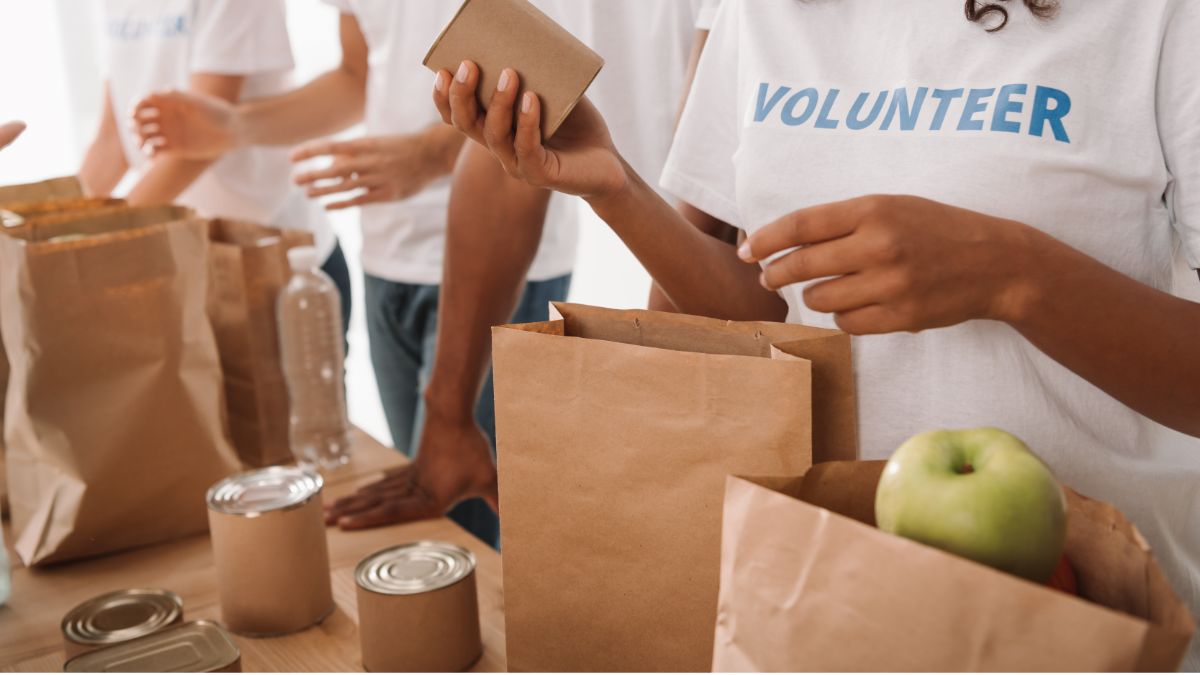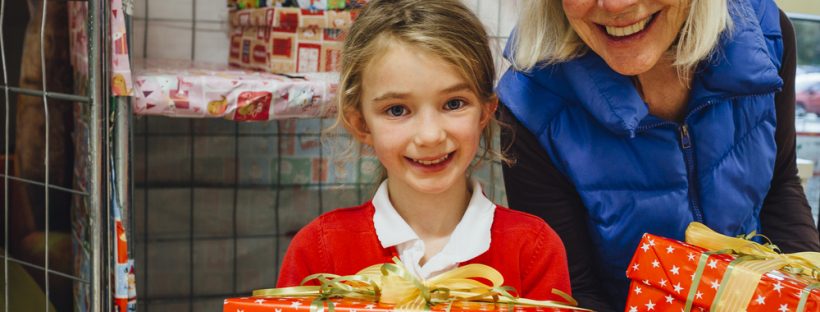Summer is the Season for Non-Profits and Small Businesses to Shine Even though summer can be seen as a great time to relax and recharge, it can sometimes feel like one of the busiest seasons of the year. Because kids are off from school and parents may have a bit more flexibility in their schedules, … Continue reading Prepare for a Summer of Volunteering
Introducing our 2020 Wholesale Toy Catalog!
We are very excited to announce the release of our 2020 Wholesale Toy Catalog. This year there is likely going to be supply issues as we move into the holiday shopping season. We know the popular toys usually sell out first, so we can expect those to sell out even earlier this year. We also … Continue reading Introducing our 2020 Wholesale Toy Catalog!
DollarDays’ Nonprofit Purchasing Index Reports Top 10 Most-wanted Items for the Holiday Season
DollarDays today released its first Nonprofit Purchasing Index (NPI), which reveals nonprofits’ top 10 most-wanted goods for the holiday season. Based on nearly 12 years of purchasing data, the NPI highlights the products most frequently purchased from DollarDays by the company’s nonprofit partners. Since 2007, DollarDays has processed more than 141,000 orders with over 56 … Continue reading DollarDays’ Nonprofit Purchasing Index Reports Top 10 Most-wanted Items for the Holiday Season
Private-label Products: Bringing Value to Our Nonprofit Partners
Private-label offerings are playing an increasingly critical role in some of the country’s largest online marketplaces, with house brands now accounting for as much as 30% of all sales. This trend not only indicates changes in the way consumers shop, especially when searching by brand and price, but also presents a new challenge for online … Continue reading Private-label Products: Bringing Value to Our Nonprofit Partners
Random Acts of Kindness Define Who We Really Are
Watching the news, watching the divisiveness caused by the elections and watching interactions in our daily lives, we realize we are living in very scary times—[a]nd everything we see and experience is amplified in the eyes of our children. Children learn by watching adults. According to Love to Know, babies and toddlers learn by observing … Continue reading Random Acts of Kindness Define Who We Really Are
A Nation Built by Refugees
Today, the number of displaced people in the world is at its highest level ever, according to CNN. We have surpassed World War ll numbers, when the world was dealing with the most devastating event in history. [Approximately] 65.3 million people are away from their home today, [or] one out of every 113. [...] Anyone … Continue reading A Nation Built by Refugees
Who is Helping the Kids Left Behind?
America now has 1,571,056 tax-exempt organizations, of which 1,097,689 are public charities, according to Urban Institute. [A]nother 105,030 [...] are private foundations, and 368,337 are [...] chambers of commerce, fraternal organizations and civic leagues. Nonprofits accounted for 9.2% of all wages and salaries [last year], 5.3% of U.S. GDP [and reported] $1.74 trillion in revenues. … Continue reading Who is Helping the Kids Left Behind?
DollarDays Supersizes the Buying Power for Nonprofits, Small Businesses
The Crunch: Buying wholesale and bulk goods used to be difficult for small retailers, especially those without the big budgets larger businesses wield. DollarDays, a premier online wholesale distributor and closeout company, extends "the same kind of buying power" to small businesses and nonprofits by buying in bulk themselves and selling products affordably from their inventory. Clients can buy single cases of … Continue reading DollarDays Supersizes the Buying Power for Nonprofits, Small Businesses
Nonprofits Buying in the Profit World Online
Since the beginning of time, buyers have always intended to acquire goods at a low cost, and this is what drives competition. On the Internet, competition is even more intense, because comparing products and prices from one company to the next is only a click away, whereas in the traditional shopping experience, customers need to … Continue reading Nonprofits Buying in the Profit World Online
Charity is in Our DNA
Since the beginning of America, we have been a giving people. [I]n 1630, [Pilgrams] relied on each other to survive the harsh winters. The settlers raised each other’s barns, hosted quilting bees for the community, and built common areas in their towns. Benjamin Franklin, the founding father of American volunteerism, [...] gathered volunteers to sweep … Continue reading Charity is in Our DNA



